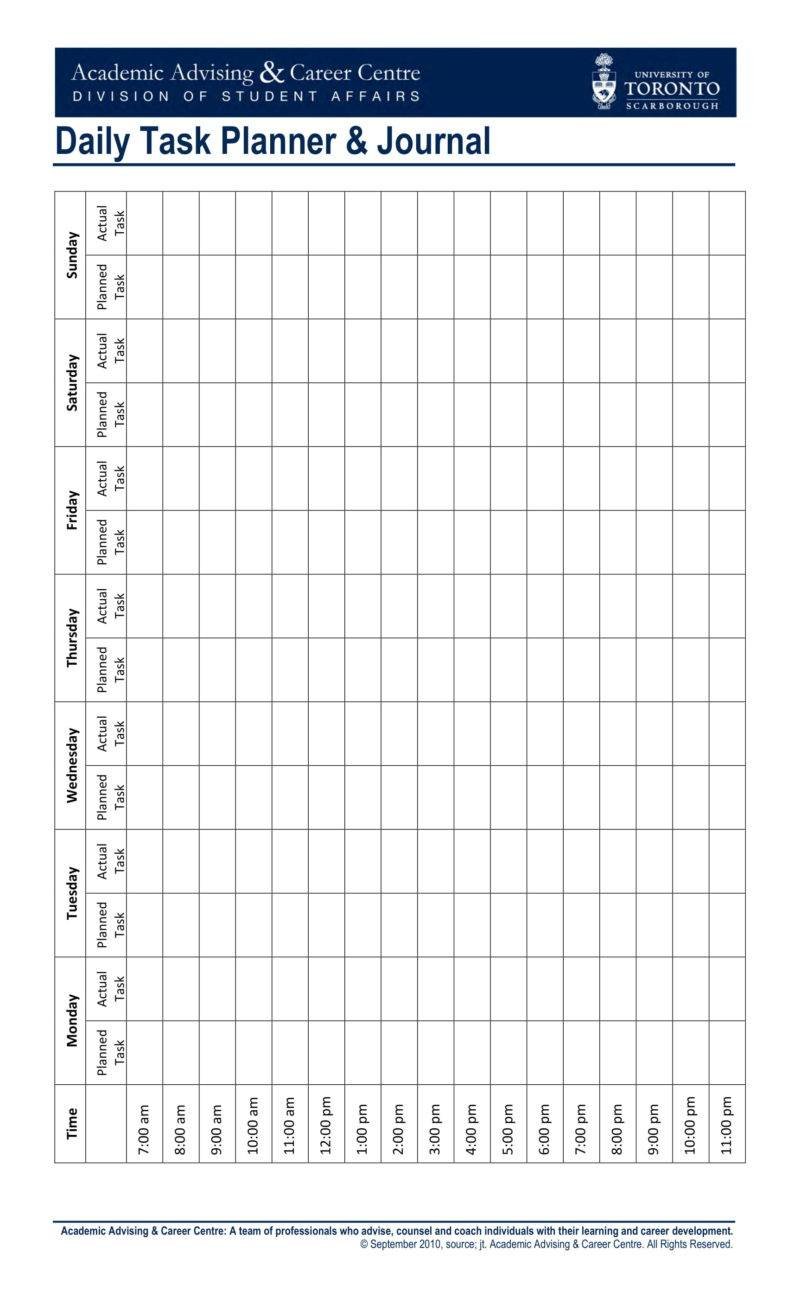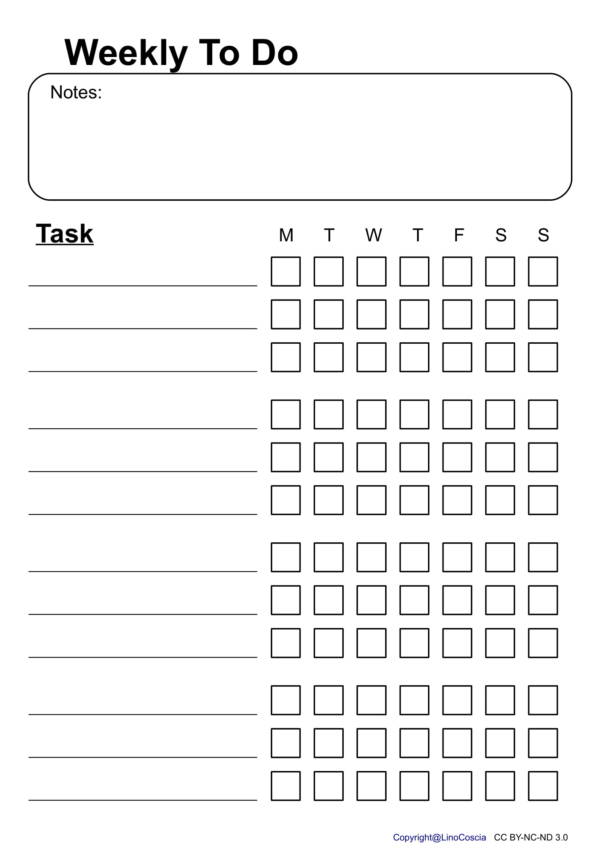

Balancing timelines with priority is a tricky skill to manage. How you prioritize your tasks for the week is extremely important. Read: Are you time blocking your calendar? Here’s why you should start now Step 3: Prioritize your tasks effectively

The calendar usually takes about three days to complete, so you would start working on this task at least by Tuesday during your work week. This is at minimum when you should start working on that task.įor example, a manager might want next month’s social media content calendar by Friday morning. Take that estimated time, and work backwards from the due date. If you know you need a task completed by a certain day, figure out approximately how long that individual task will take you to complete. This is an extremely important step for weekly work plans, as due dates will help you dictate when you should be working on each task. Step 2: Assign deadlines for the tasks on your listĮvery action item on your to-do list should have a corresponding due date. This technique focuses on organizing all your thoughts in one place, so you can offload the information in your brain instead of trying to mentally juggle everything. If you have a hard time tracking all of your tasks, try using the Getting Things Done (GTD) method. If you’re unsure of what needs to happen next, you can just go back to your to-dos. The most important part of this step is that everything you need is in one space so that it becomes your source of truth for the week. With a tool like Asana, you can also attach contextual information to tasks so you have the information you need without it cluttering up your list. Digital to-do lists work best because they make it easy to sort and prioritize work-plus they’re impossible to lose. The most common way to start your weekly work plan is to put everything down in an old-fashioned to-do list.
#WEEKLY TASK PLANNER TEMPLATE HOW TO#
Create a weekly schedule template How to create a weekly work planĬreating a weekly work plan is a simple process that can get your work week started on the right track. This can help you balance your workload with the amount of meetings you have so you don’t accidentally have too much work on a meeting-heavy day.

When you create your weekly work plan, it’s important to consider the meetings you need to attend. This technique not only helps you create a daily schedule, but also gives you a weekly overview of what you’ll be working on. That way, you can get important tasks completed on schedule. Creating a weekly schedule improves your time management skills by helping you proactively organize your time. What is a weekly work plan?Ī weekly work plan is a task management tool that helps you break down and organize the tasks you need to complete for the upcoming week.

#WEEKLY TASK PLANNER TEMPLATE PLUS#
Using a weekly work plan can help you organize everything you need to do during the week, plus prevent the dreaded Sunday scaries from cropping up. This ambiguity can cause additional stress and can lead to burnout.Ī weekly work plan can help relieve some of the stress you feel upon coming into work on a Monday. One of the reasons why people dread heading into work on Mondays is because they’re overwhelmed with the unknown amount of work awaiting them. The bane of existence for many working professionals and lasagna-eating tabby cats. Learn how this strategy can help you stay organized and hit your deadlines. A weekly work plan is a task management tool that can help you break down the tasks you need to complete based on your upcoming week.


 0 kommentar(er)
0 kommentar(er)
